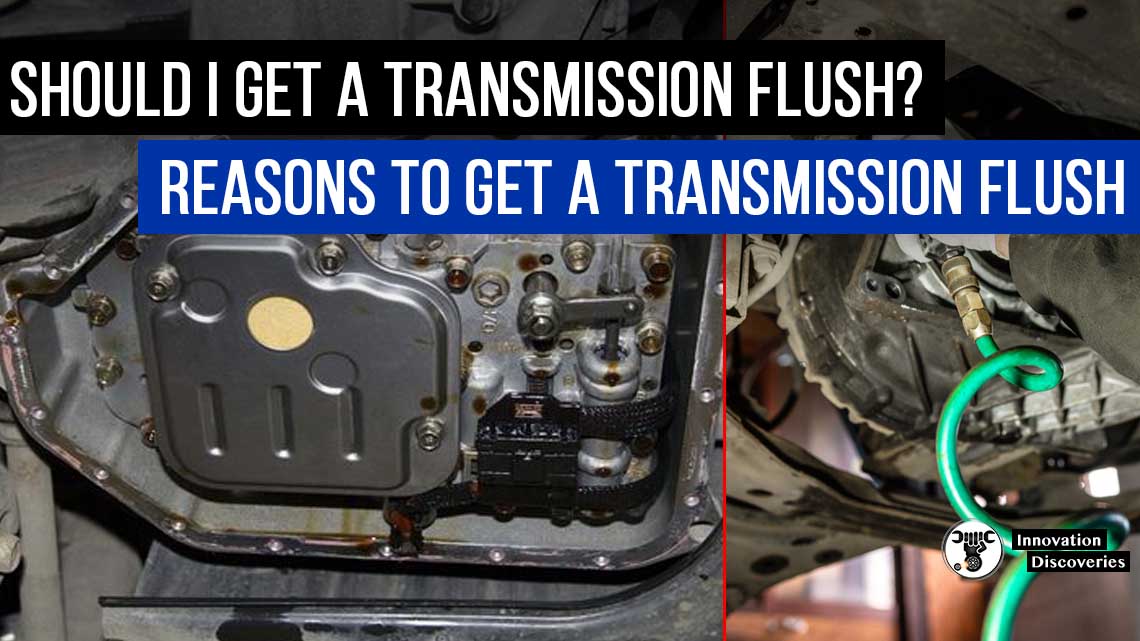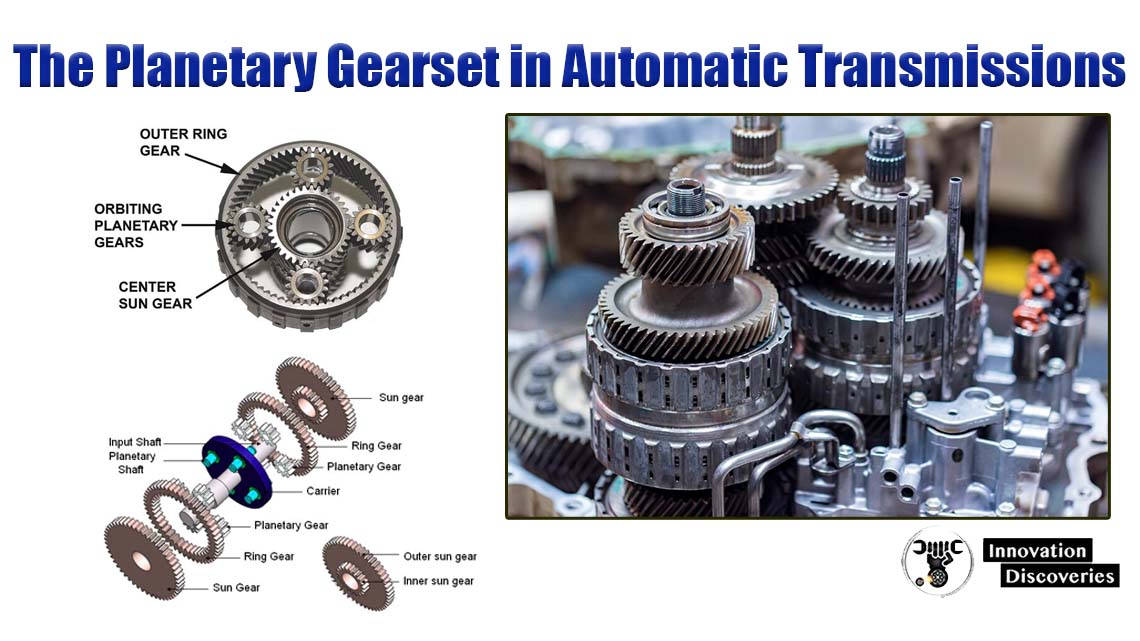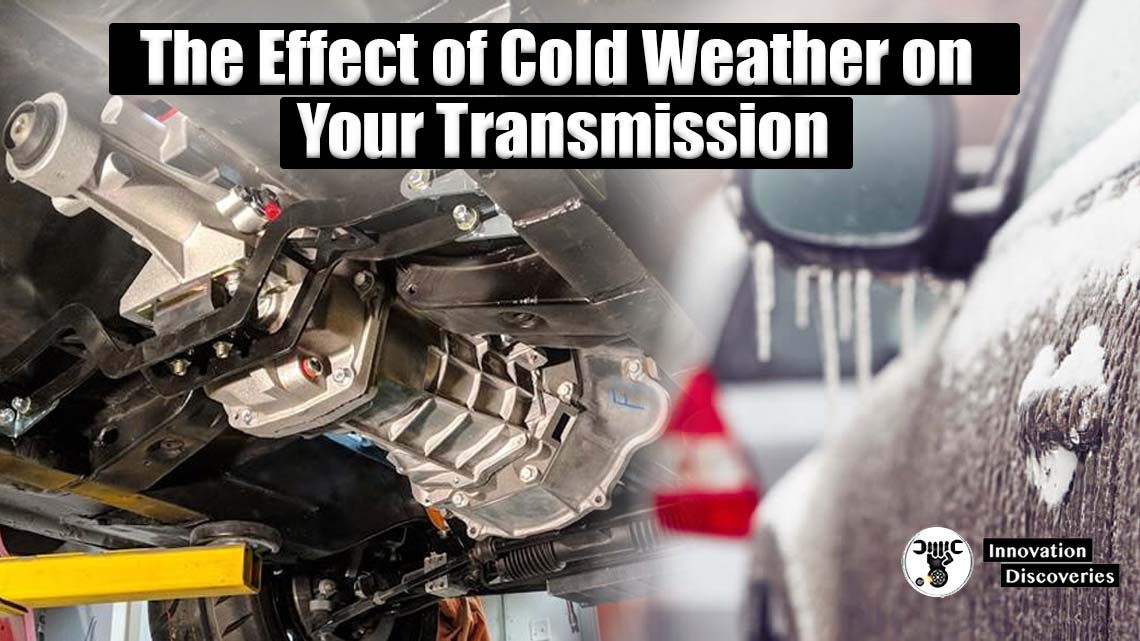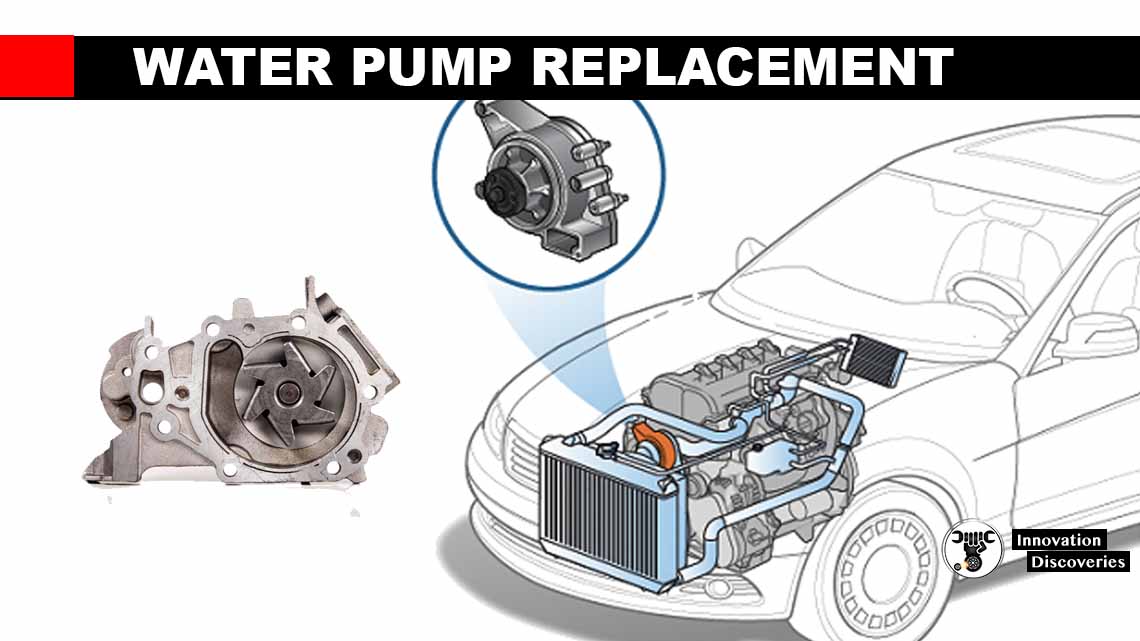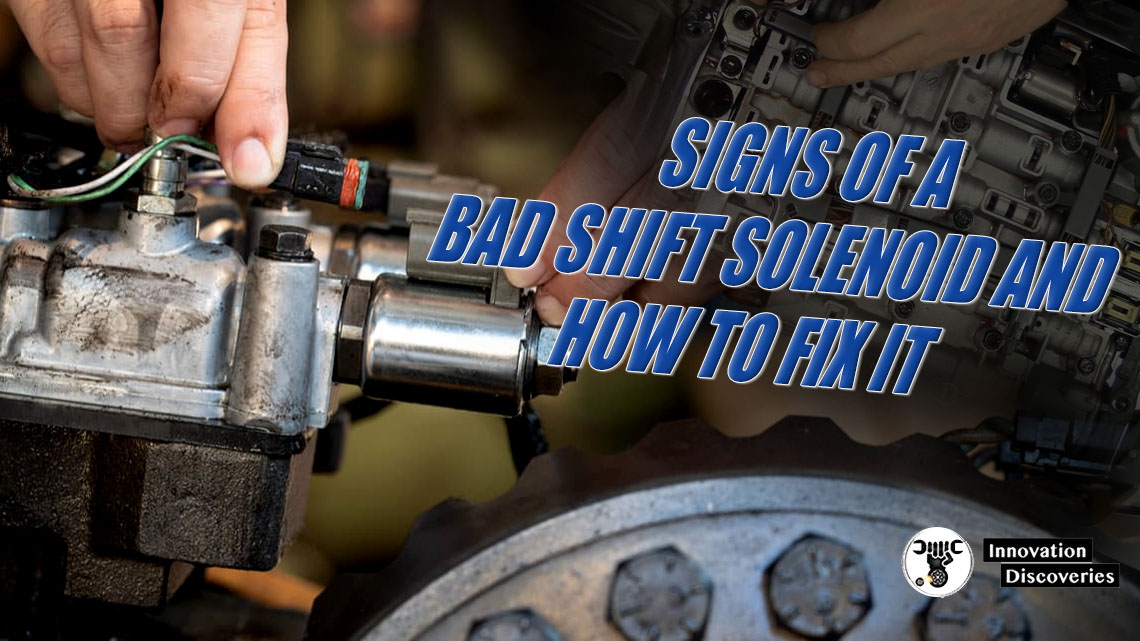
Introduction:
The inner workings of a vehicle’s transmission system are a complex dance of components that ensure seamless gear changes and optimal performance.
Among these crucial elements is the shift solenoid, a small but powerful device responsible for regulating the transmission fluid flow, ultimately controlling gear changes.
In this article, we’ll explore the role of the shift solenoid, recognize signs of a failing one, and discuss how to address the issue.
What does the shift solenoid do?
The shift solenoid is an integral part of the transmission system, playing a key role in the process of changing gears. Essentially, it controls the flow of transmission fluid to engage and disengage the clutch, facilitating smooth and timely gear shifts. This precise control ensures the vehicle operates efficiently and delivers optimal performance on the road.
Signs of a failing shift solenoid:
1. The check engine light comes on:
One of the primary indicators of a failing shift solenoid is the illumination of the check engine light on your dashboard. Modern vehicles are equipped with an onboard diagnostic system that can detect irregularities in various components, including the transmission system.
2. Erratic shifting or shift slippage:
A failing shift solenoid may lead to erratic or delayed shifting. You might experience abrupt gear changes, hesitation during acceleration, or even a noticeable slip between gears. These symptoms can significantly impact the vehicle’s overall performance and fuel efficiency.
3. Transmission won’t shift gears:
If you find that your vehicle is having difficulty shifting gears or refuses to shift at all, a malfunctioning shift solenoid could be the culprit. This issue can lead to poor acceleration, reduced speed, and an overall compromised driving experience.
4. Vehicle stuck in limp-home mode:
Many modern vehicles are equipped with a fail-safe mechanism known as limp-home mode. When the transmission system detects a severe issue, it may limit the vehicle to a single gear to prevent further damage. If your vehicle is stuck in limp-home mode, a malfunctioning shift solenoid could be to blame.
How to fix the problem:
1. Diagnostic scan:
When you notice any of the aforementioned signs, it’s crucial to conduct a diagnostic scan using an OBD-II scanner. This tool will help identify the specific trouble codes associated with the shift solenoid, providing valuable information for the repair process.
2. Solenoid replacement:
In many cases, a failing shift solenoid will need to be replaced. This is a task best handled by a qualified mechanic, as it involves accessing the transmission system. The mechanic will identify the faulty solenoid and replace it with a new, properly functioning one.
3. Transmission fluid check and flush:
Regular maintenance, such as checking and flushing the transmission fluid, can contribute to the overall health of the transmission system. Old or contaminated fluid can hinder the solenoid’s performance, so a fluid change may be recommended as part of the repair process.
4. Address underlying issues:
Sometimes, a failing shift solenoid is a symptom rather than the primary issue. It’s essential to address any underlying problems, such as electrical issues or wiring problems, to prevent future solenoid failures.
In conclusion, recognizing the signs of a bad shift solenoid and taking prompt action can save you from more significant transmission issues down the road.
Regular maintenance and addressing problems early on will keep your vehicle running smoothly and efficiently.
If you suspect an issue with your shift solenoid, consult with a qualified mechanic to diagnose and address the problem promptly.
Discover More:
RAED MORE: 5 CAUSES OF TRANSMISSION FLUID LEAKS AND REPAIR COST
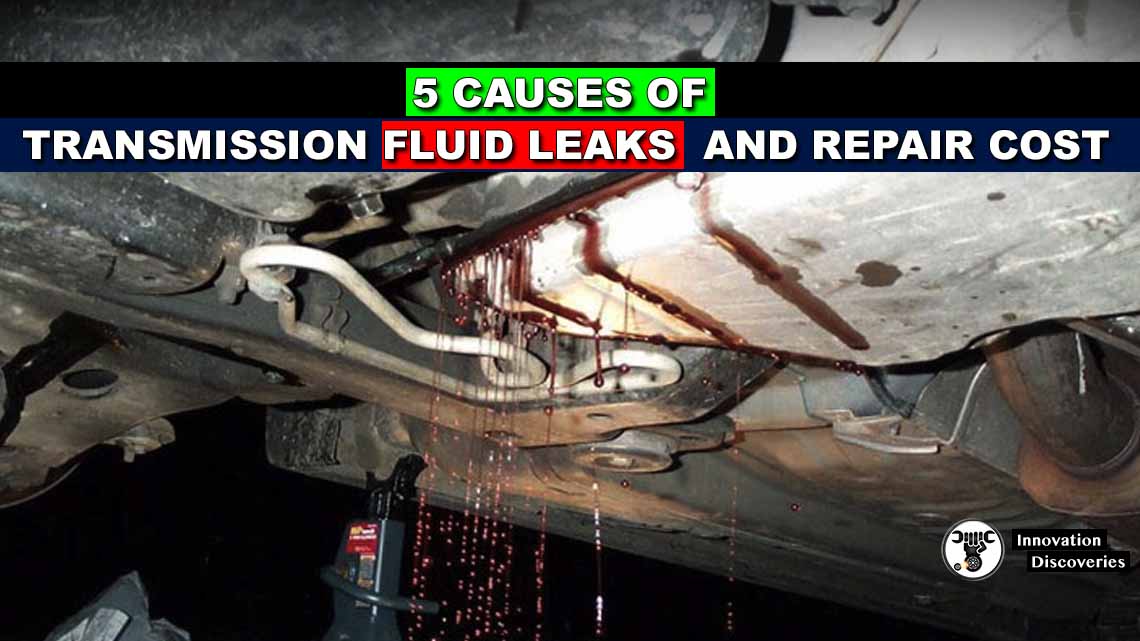
- 3 COMMON SYMPTOMS OF LOW POWER STEERING FLUID
- YOUR CAR IS LOSING COOLANT BUT NO LEAK: WHAT SHOULD YOU DO?
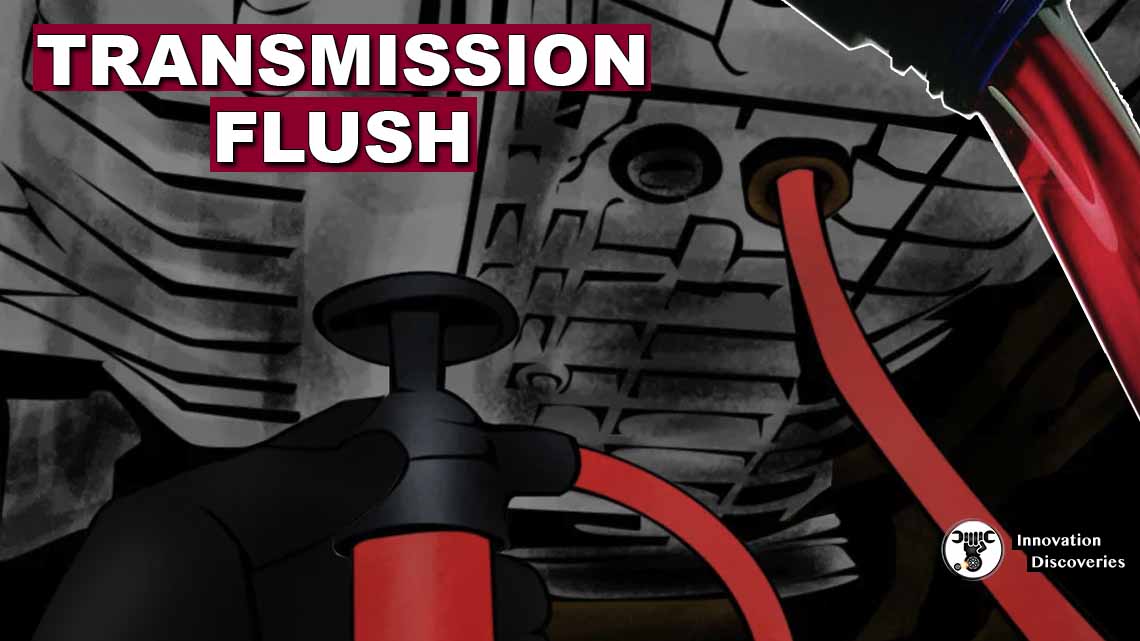
FOR MORE KNOWLEDGE
- 4 COMMON SYMPTOMS OF AUTOMATIC TRANSMISSION PROBLEMS
- COMMON PARTS OF AN AUTOMATIC TRANSMISSION
- COMMON FAULTS IN THE 6-SPEED DSG TRANSMISSION
- IS REBUILDING A TRANSMISSION WORTH IT IN THE LONG RUN?
Visit Forum
Visit Our Friendly Website


